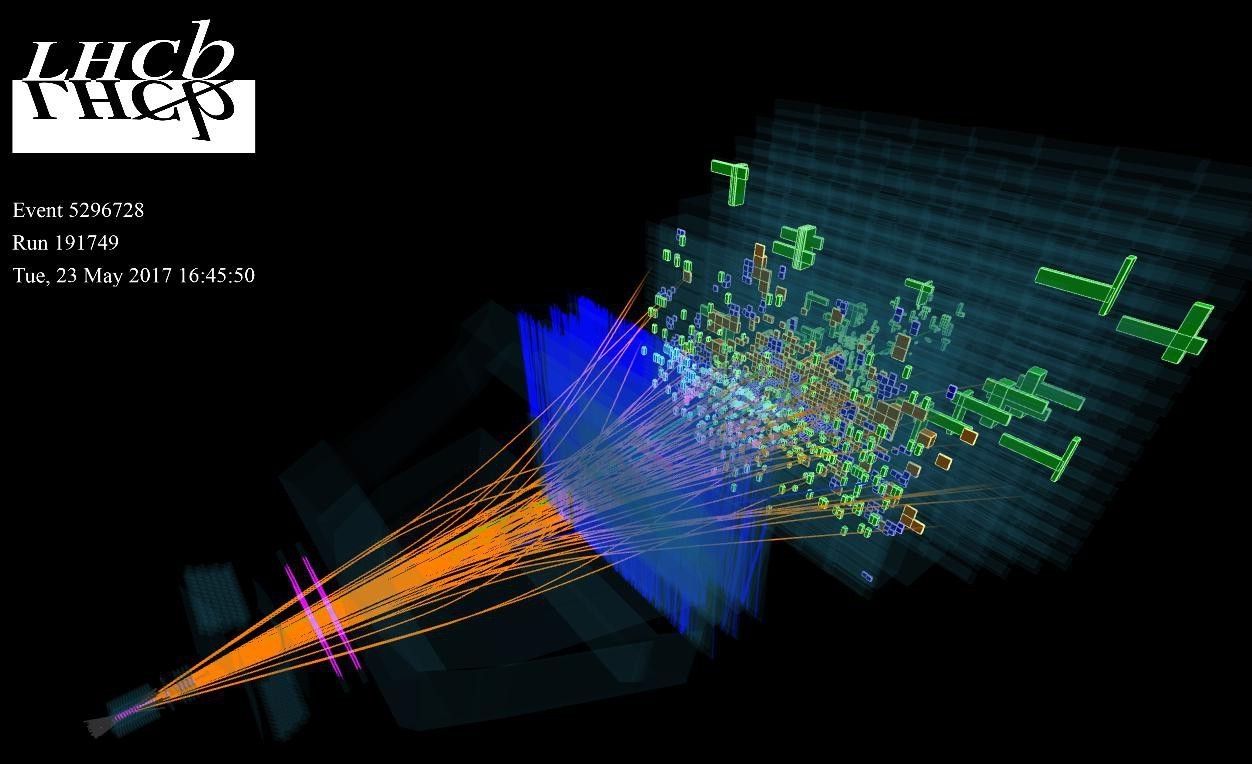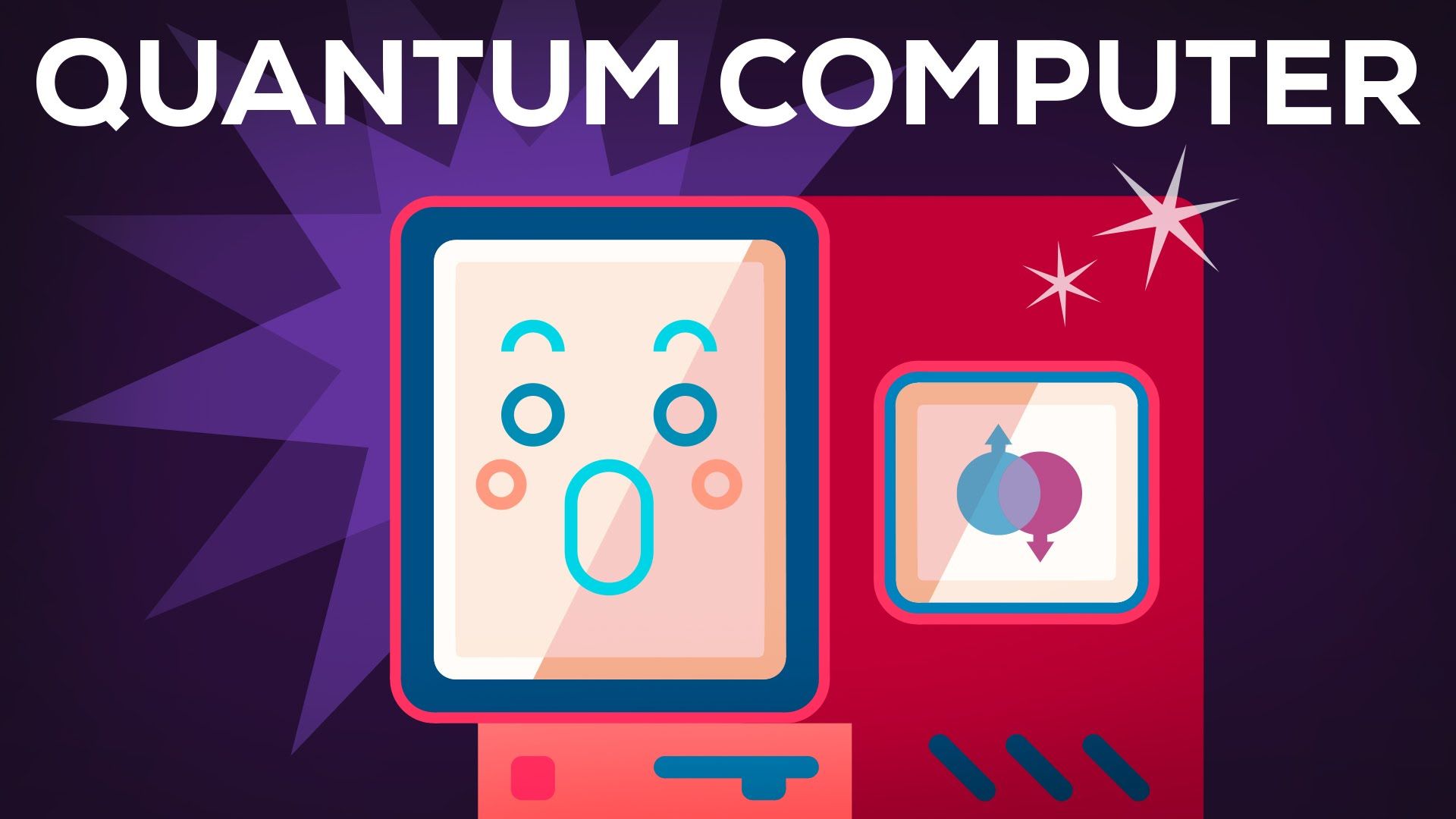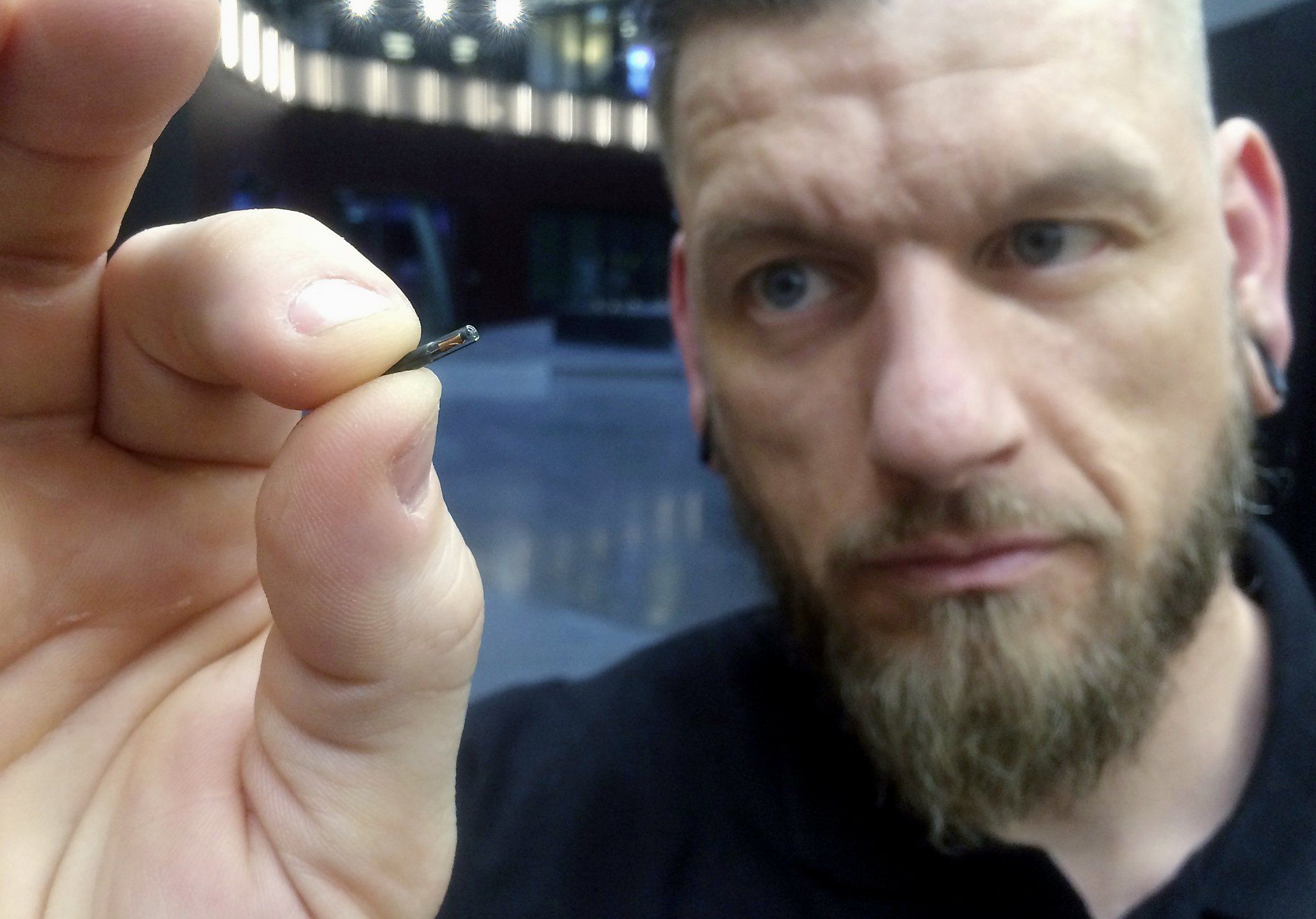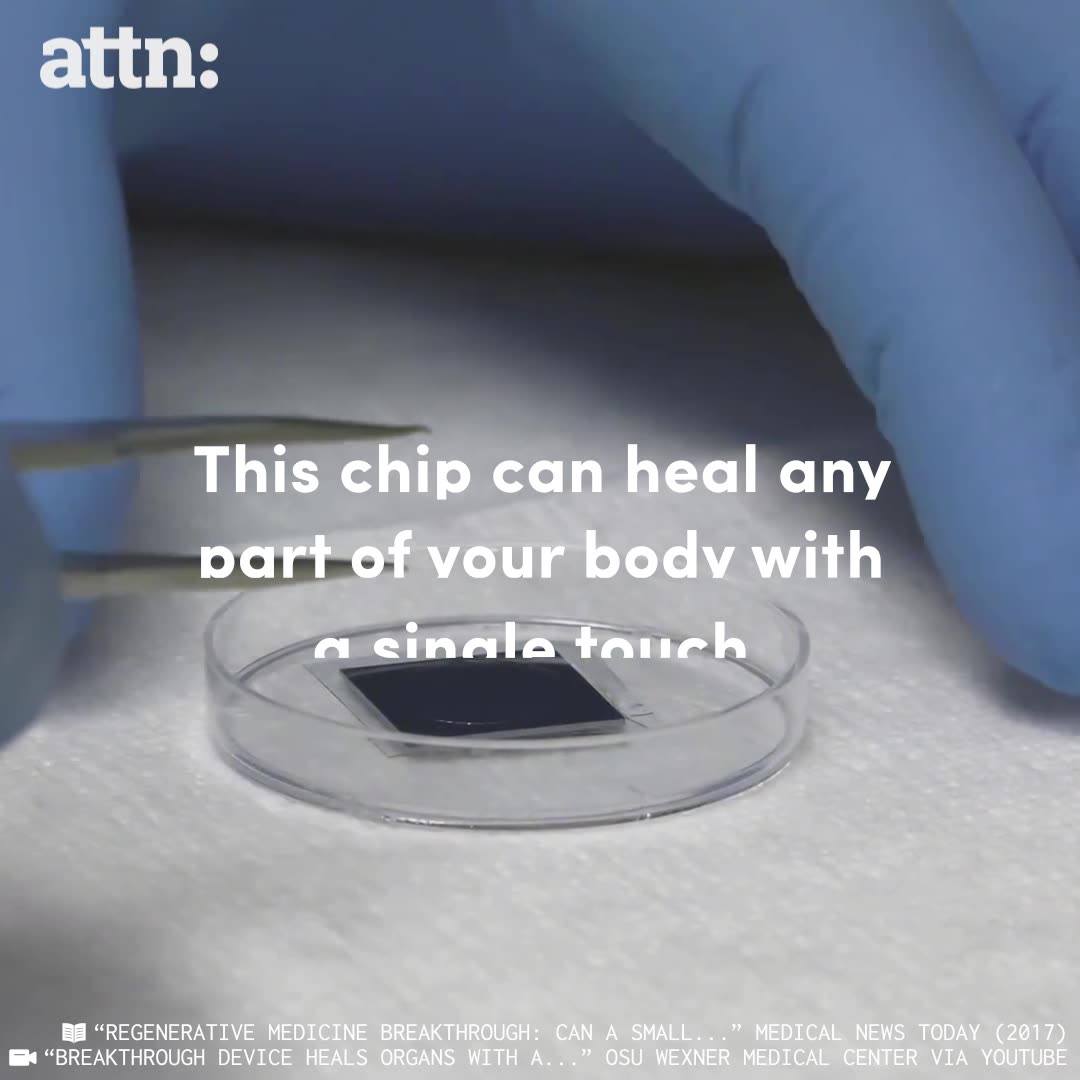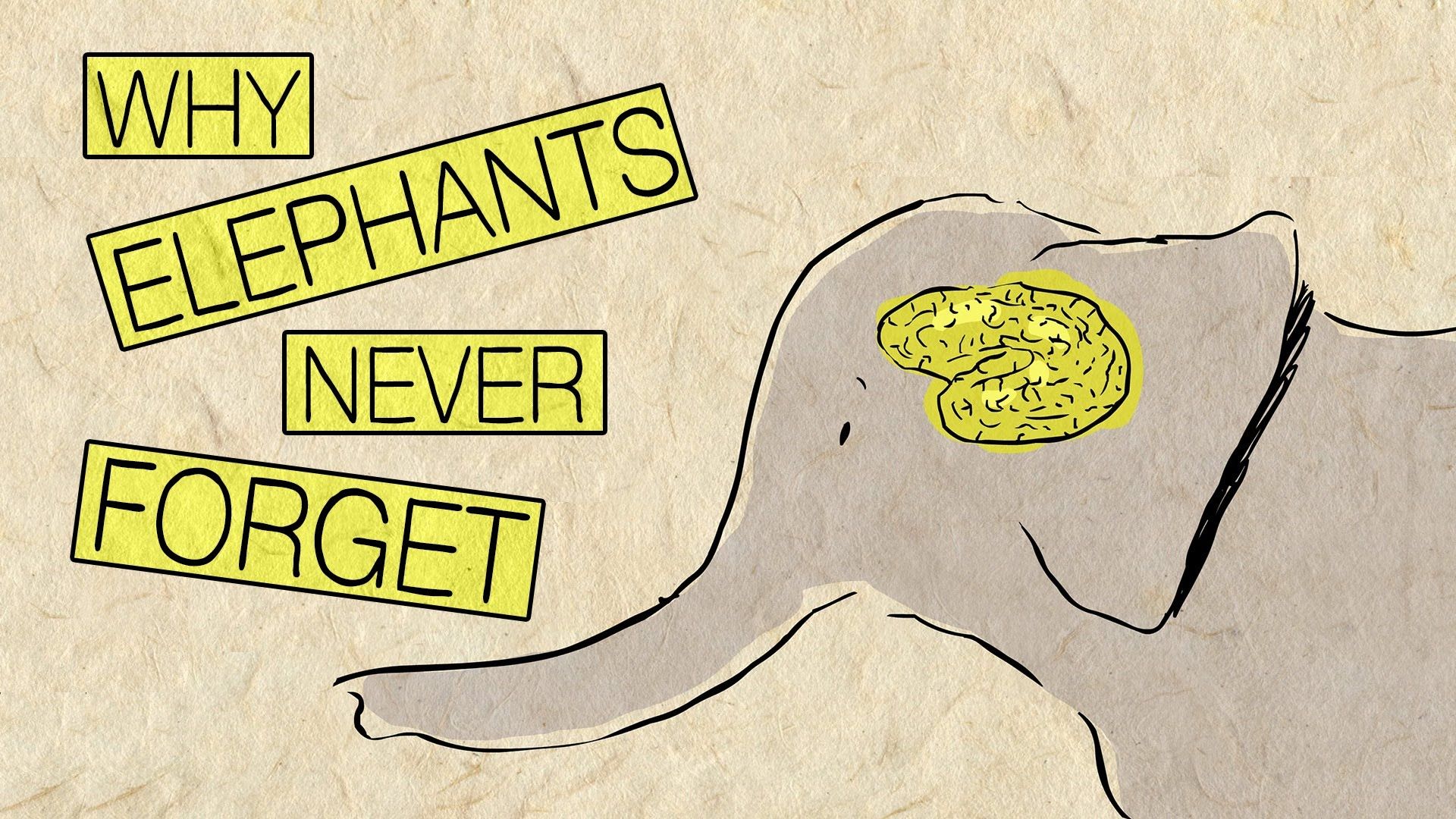Using scintillating fiber to detect particles
After five years of work, EPFL’s physicists, together with some 800 international researchers involved in the LHCb project, have just taken an important preliminary step towards significantly enhancing their experimental equipment. They have decided to build a new detector — a scintillating fiber tracker dubbed SciFi.
Construction of the tracker, which incorporates 10,000 kilometers of scintillating fibers each with a diameter of 0.25mm, has already begun. When particles travel through them, the fibers will give off light signals that will be picked up by light-amplifying diodes. The scintillating fibers will be arranged in three panels measuring five by six meters, installed behind a magnet, where the particles exit the LHC accelerator collision point. The particles will pass through several of these fiber ‘mats’ and deposit part of their energy along the way, producing some photons of light that will then be turned into an electric signal.
